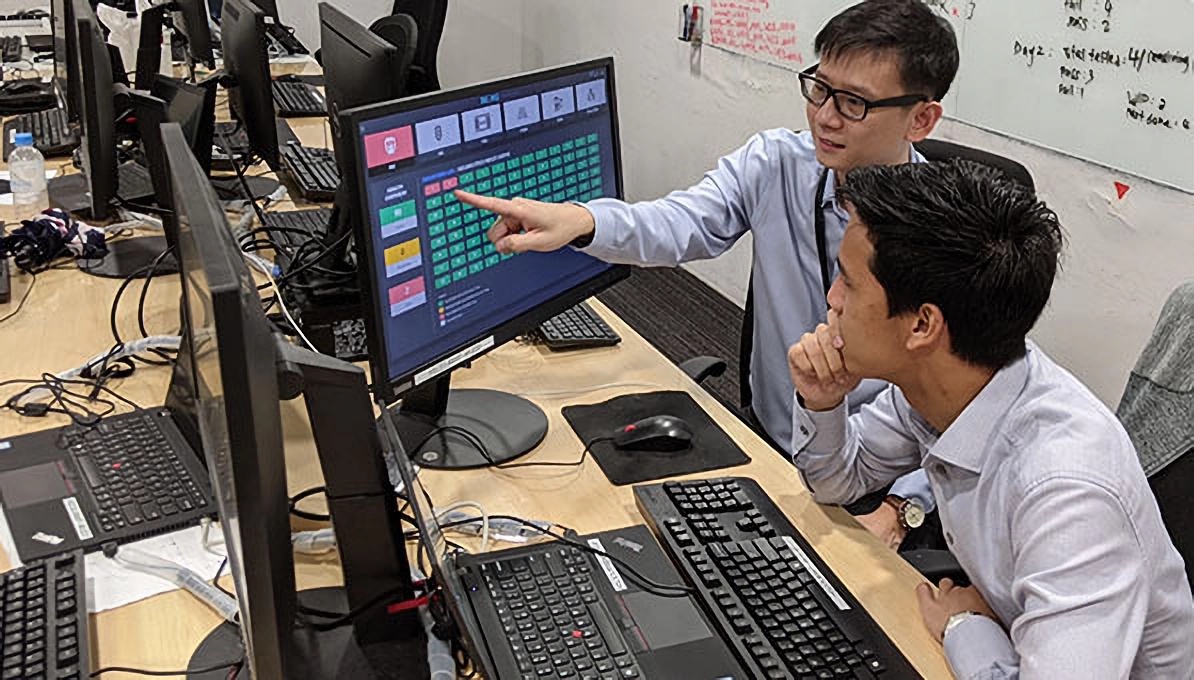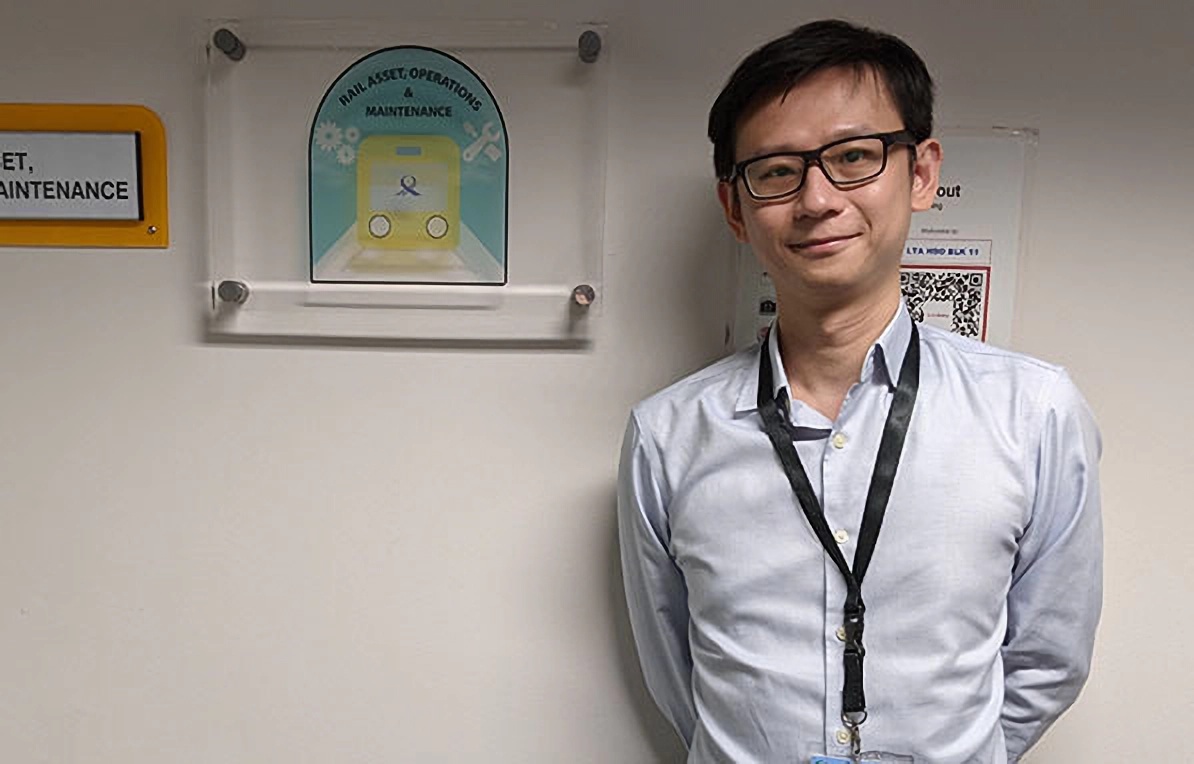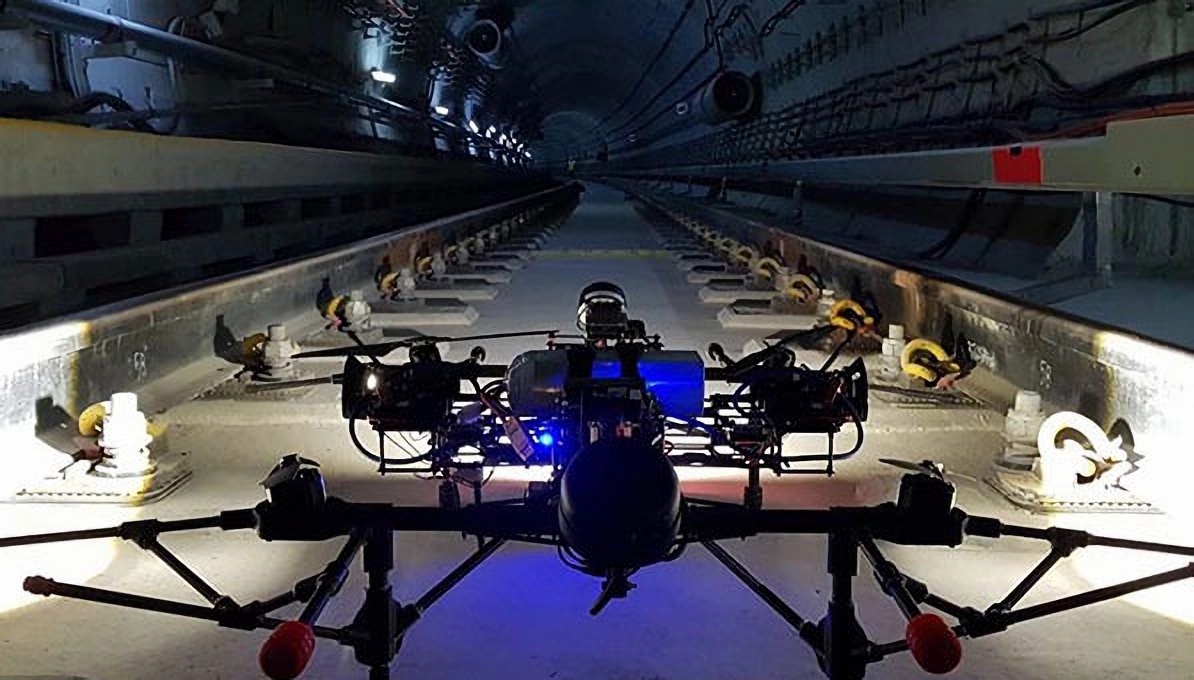Transforming the Future of Rail
Transforming the Future of Rail

Reliability is paramount in a rail network. Low Aik Seng shares how he uses data analytics and predictive decision support systems to provide smoother and safer rides for commuters.
If you are curious about the inner workings of our Mass Rapid Transit (MRT) infrastructure, Low Aik Seng is the man to talk to. Aik Seng is an executive engineer in asset management and analytics at the Land Transport Authority (LTA), where he works with teams across different disciplines in the rail industry.
For the most part, data is the name of his game. A regular day at work sees Aik Seng collaborating with contractors and agencies to apply data science and engineering principles to improve the management of rail assets. He also has to review technical submissions and use case requests. So what inspired him to join LTA? “I am intrigued by the complexity of our transportation system. As the majority of our population take the MRT, I want to do my part in upkeeping our rail infrastructure to better serve our commuters,” he says.
His work as an engineer doesn’t come without challenges. Overcoming these challenges is a huge source of fulfilment for Aik Seng. He cites the example of managing projects with multiple stakeholders. “Developing analytics solutions with multiple users/stakeholders’ can be quite a challenge, given the diverse perspectives of the multiple stakeholders. However, it is always heartwarming to see each group coming together and putting in their best effort to assist and support the projects towards achieving the best outcomes,” he adds.
 LTA’s Low Aik Seng is passionate about using data and insights to improve our rail system’s reliability and efficiency. (Photo credit: LTA)
LTA’s Low Aik Seng is passionate about using data and insights to improve our rail system’s reliability and efficiency. (Photo credit: LTA)
Driving Rail Innovations
As part of his job, Aik Seng gets to handle the coolest tech gadgets too. For instance, his team is currently collaborating with a local company to develop a drone for LTA’s tunnel inspection system. This innovative solution uses advanced sensor technology to enable autonomous flight within the tight space constraints of a rail tunnel. “Using a combination of cameras, image analytics and deep learning, the drone is capable of detecting and recognising defects along the tunnel walls,” explains Aik Seng.
Using the drone will significantly improve the efficiency and effectiveness of LTA’s tunnel inspection process, compared to the laborious manual inspections. Aik Seng expects both hardware and image analytics algorithms to advance further as technology improves, enabling more precise applications that can better predict anomalies.
He is also working with a contractor to develop a Rail Enterprise Asset Management System (REAMS) for the Downtown Line. “Some of the benefits that the system will bring include the prediction of faults which will eliminate unplanned downtime, while the modelling of asset reliability and projections will enable an effective maintenance regime.”
For such data analytics and exploits to happen, however, one must first have access to quality data. Aik Seng and his team has to work with various stakeholders to improve the data and interface gaps, so as to enable more advanced applications for complex business use cases in the future.
 Drones can be used to detect and recognise defects along the walls of a rail tunnel. (Photo credit: LTA)
Drones can be used to detect and recognise defects along the walls of a rail tunnel. (Photo credit: LTA)
Creating What’s Next for Singapore
Armed with such data insights, Aik Seng aims to help improve our rail system reliability and efficiency — a move that aligns with LTA’s Land Transport Master Plan 2040 target of building a fast and well-connected land transport system to meet Singaporeans’ needs over the next two decades.
As he reflects on his job, Aik Seng shares that one of the most fulfilling aspects is knowing that he is able to help improve our rail system uptime and availability by providing insights to issues and making recommendations using data.
For budding engineers who are keen on making a difference in the rail industry, Aik Seng’s advice is to keep an open mind and embrace new knowledge. “Knowing what tools are available and using the right ones can help greatly in the problem-solving process,” he says.
Find out more about LTA careers here!

